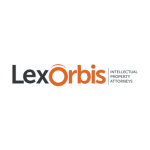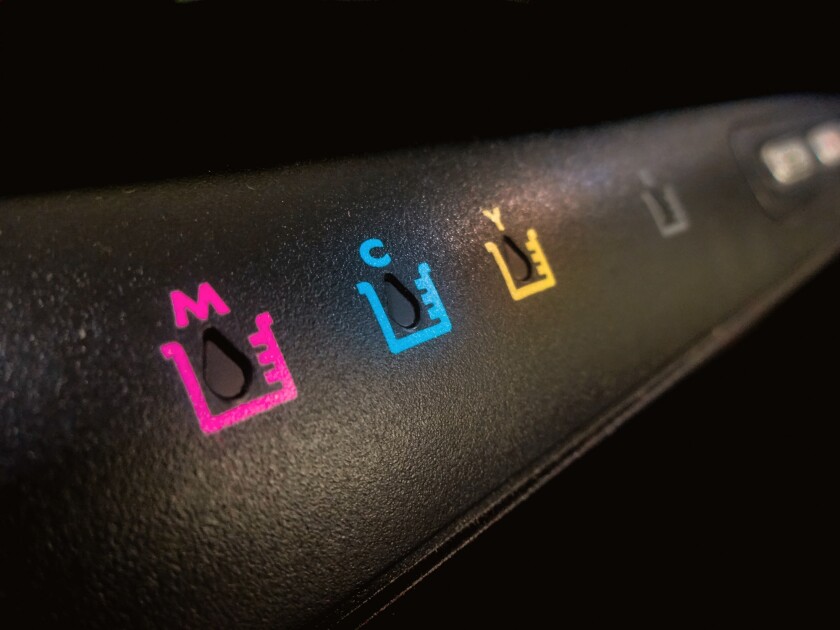It is a primary requirement under trademark law that when determining if a trademark application is registrable, a use claim needs to be backed by dated evidence. The High Court of Delhi shed further light on what constitutes sufficient proof of use in Excitel v. The Registrar of Trademarks.
In this case, an appeal was filed against an order dated October 28 2020, passed by the Senior Examiner of Trademarks, rejecting the application of the appellant. The appellant had filed an application for the mark “REELTIME” for “scientific and technological services and research and design relating thereto; industrial analysis and research services, design and development of computer hardware and software” in class 42 under Application No. 3215935, which has allegedly been in use since November 2014.
The impugned order
By way of the impugned order dated October 28 2020, the impugned mark was held to be non-registrable by the Registrar of Trade Marks on the following grounds:
The applied mark was identical to an earlier trademark;
The mark had no significance or uniqueness, and there was no difference between the cited mark in the examination report, REALTIMES, under Application No. 3092120, and the appellant’s mark, REELTIME, since the prominent feature of the mark was a common term;
The affidavit submitted by the appellant did not mention the annual sales turnover of the appellant, nor the expenses;
Internet extracts did not constitute primary evidence and could only be considered as secondary evidence and that, hence, the mark did not have any user;
One of the applications, bearing No. 3215940, was not a registered trademark and was opposed; and
The various other trademark registrations for the mark REELTIME, owned by the appellant, were not considered on the ground that the mere presence of the mark in the register maintained by the Trade Mark Registry did not prove its user.
The Hon’ble Court’s observation
While allowing the appeal in the present case, the court re-evaluated the impugned order and the evidence on record, and made the following observations.
In terms of the issue regarding the cited mark, the court accepted the prior user of the mark in question since 2014, as against the cited mark, which was filed in 2015 on a ‘proposed to be used’ basis. The court also heeded that the cited mark was itself ‘objected’.
Regarding the evidentiary documents such as website printouts, which the examiner discarded as not being primary evidence, the court admitted that rejecting the Internet extracts as evidence on the ground that they did not constitute primary evidence would be an incorrect approach. By giving a practical solution, the court explained that the genuineness of the printouts could easily be checked by the examiner by accessing the Internet at the time of hearing. By giving a legal solution, the court mentioned that if there was any doubt in respect of printouts that had been filed by the appellant, the examiner could have called for an affidavit under Section 65B of the Information Technology Act, 2000.
Provision of a certificate
Section 65-B sub-section (1) of the Information Technology Act, 2000 states that any information contained in an electronic record that is printed or is stored by a computer will be deemed to be a ‘document’. An electronic record shall be admissible as evidence in any proceeding without any further proof, provided the conditions mentioned in Section 65-B are fulfilled.
Here, the Hon’ble Court is referring to the provision of a ‘certificate’ by the party that seeks to rely on such electronic records. In this case, that party is the appellant. Section 65-B sub-section (4) of the Information Technology Act, 2000 describes the requisites of the certificate and states as follows:
“Section 65-B sub-section (4) of the Information Technology Act, 2000
In any proceedings where it is desired to give a statement in evidence by virtue of this section, a certificate doing any of the following things, that is to say,—
(a) identifying the electronic record containing the statement and describing the manner in which it was produced;
(b) giving such particulars of any device involved in the production of that electronic record as may be appropriate for the purpose of showing that the electronic record was produced by a computer;
(c) dealing with any of the matters to which the conditions mentioned in sub-section (2) relate, and purporting to be signed by a person occupying a responsible official position in relation to the operation of the relevant device or the management of the relevant activities (whichever is appropriate) shall be evidence of any matter stated in the certificate; and for the purposes of this sub-section it shall be sufficient for a matter to be stated to the best of the knowledge and belief of the person stating it.”
Hence, the court stated that rejecting the website printouts would be contrary to law as the law permits reliance on website printouts, so long as they can be accompanied with a certificate under Section 65B of the Information Technology Act, 2000.
Evidence of use
With regard to the registered trademarks of the appellant submitted as evidence of use, the court held that a perusal of the registered trademarks of the appellant showed that there were four word marks – bearing Nos. 3215931, 3215932, 3215933, 3215934, registered in Classes 9, 35, 38, and 41 respectively – for the mark REELTIME, for a range of goods and services, which were broad and, in fact, covered almost all forms of use, and these registered marks could not have been rejected by the examiner as being irrelevant on the ground that one of the logo marks was opposed by a third party.
The court simply admitted the registrations of the appellant for the same mark in other classes as ‘relevant’, but it refrained from accepting such registrations as ‘evidence of use’, a point that was raised by the examiner in his impugned order.
Furthermore, with regard to the opposition by the third party of the logo mark, the court gave due notice to the fact that a settlement agreement dated March 16 2021 has been reached between Google (the third party) and the appellant in which Google also appeared to have acknowledged the rights of the appellant in the mark REELTIME.
The decision and its significance
The court held that the mark REELTIME under Application No. 3215935 in class 42 ought not to have been rejected and deserved to proceed towards advertisement, provided that if there were any opposition proceedings filed against the mark, the same would be decided in accordance with law on its own merits, without any reference to, or without being influenced by, the present order.
In the above case, the Hon’ble Court made an important observation on the value of verifiable website printouts as evidence of use of a trademark and the manner in which they can be admitted as use evidence.
The court cemented the principle that if a Section 11 objection is raised against a trademark, it is necessary to determine which mark is the ‘earlier’ mark, depending on the evidence of use available and filed.
The court was subtle in observing that once a mark is accepted and is proceeded towards advertisement, its acceptance is without prejudice to the rights of third parties to oppose the mark, which will then be independently decided in accordance with law on its own merits.












